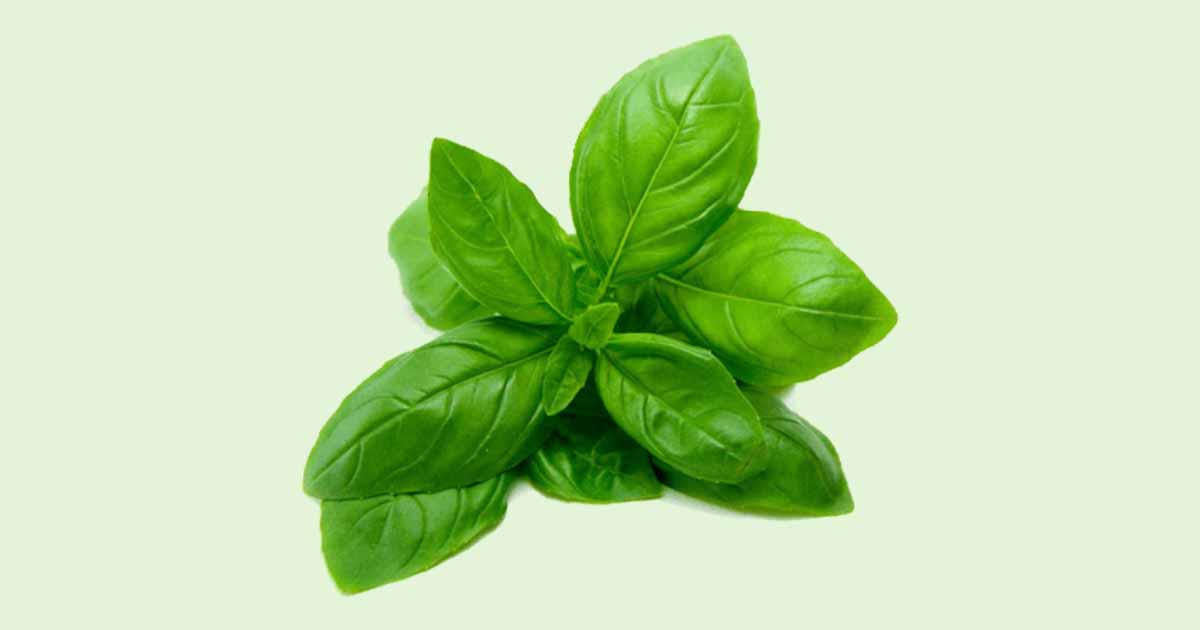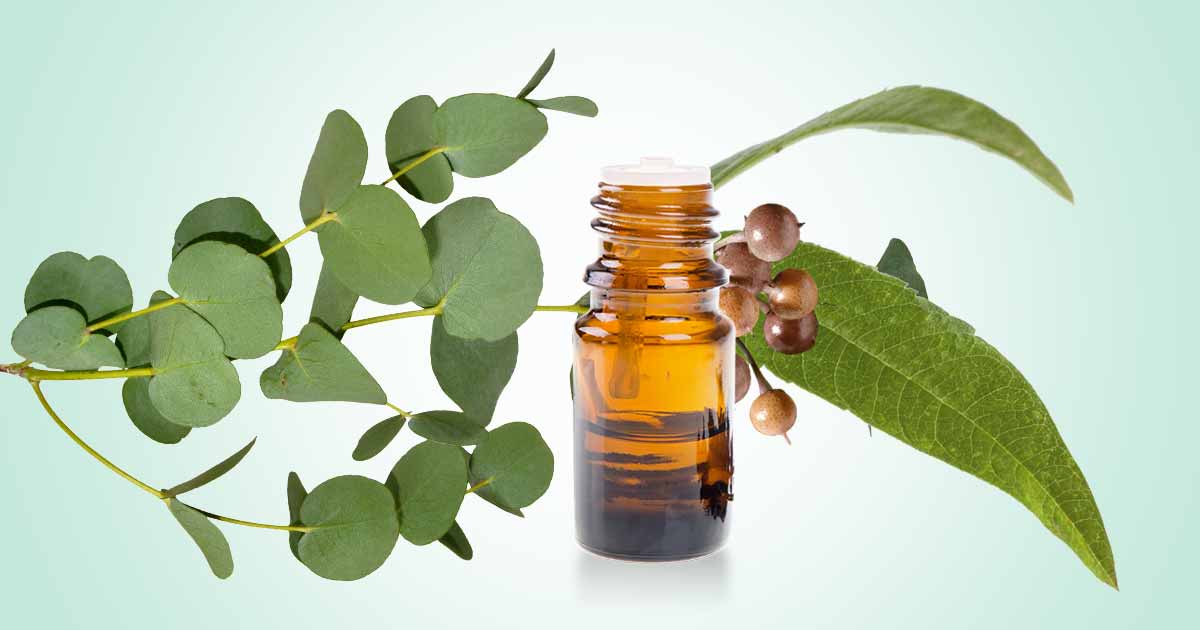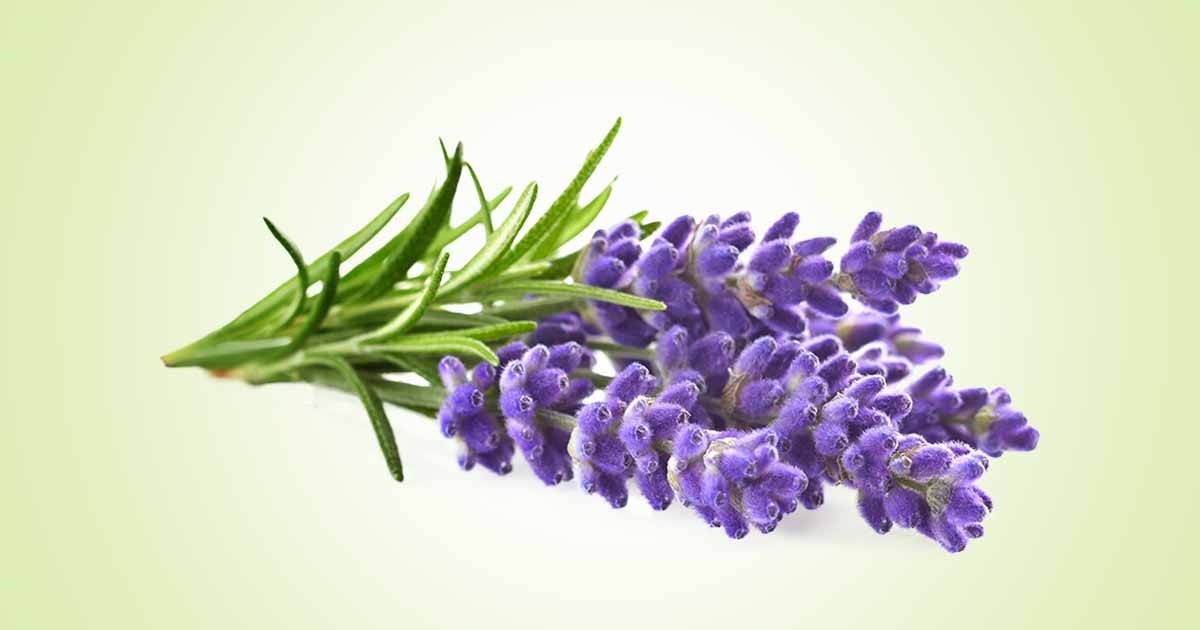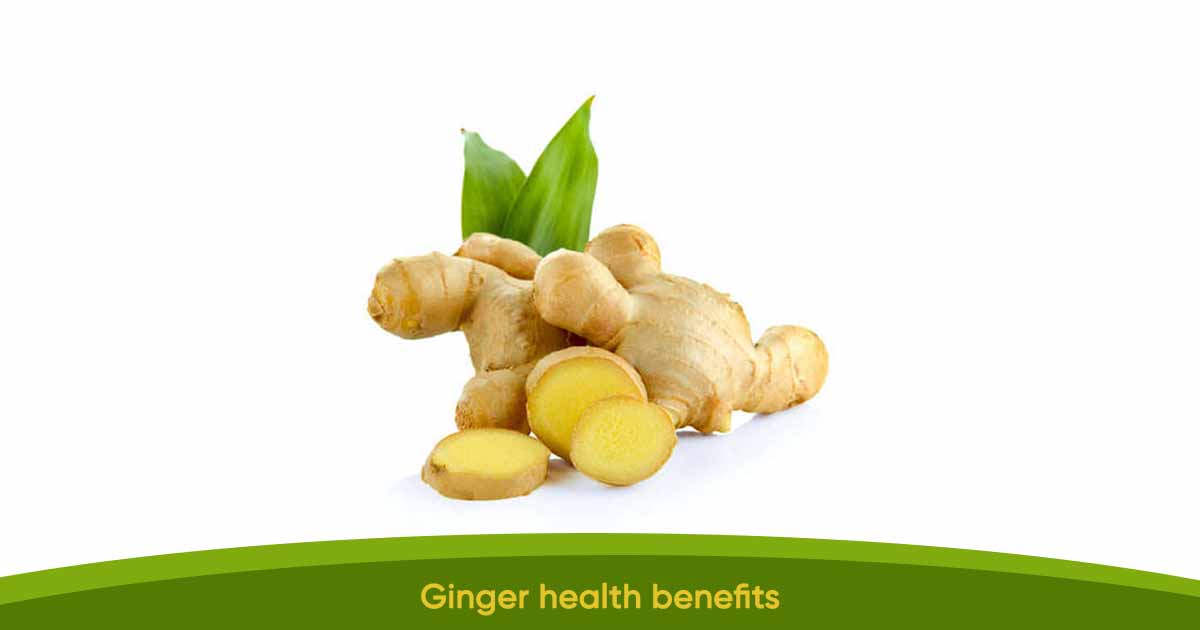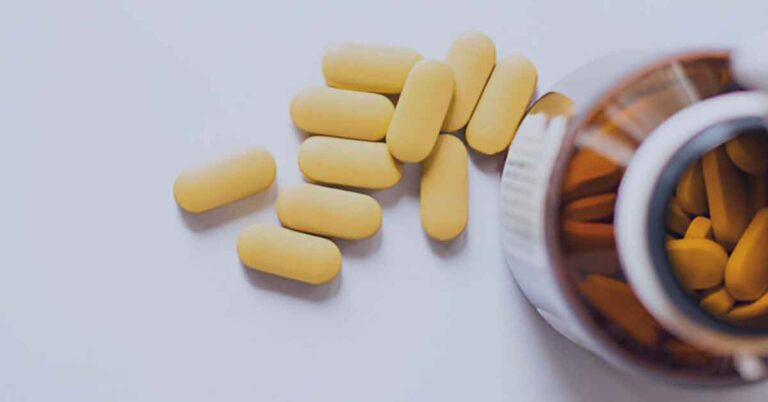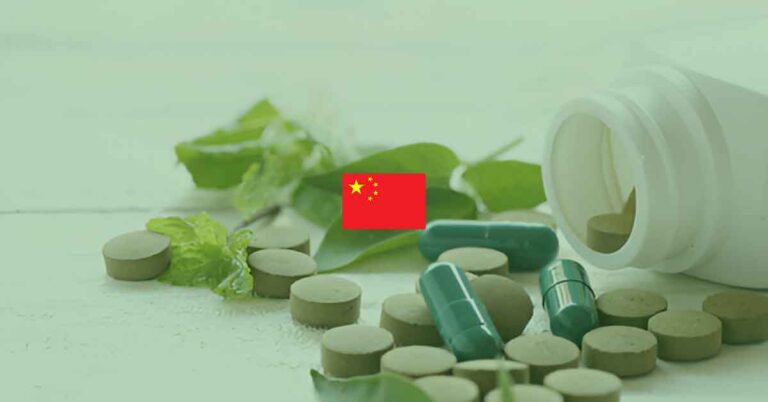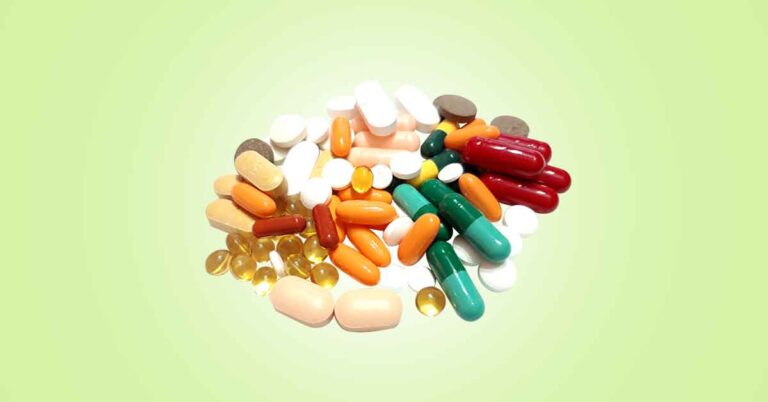Basil (Ocimum basilicum L.), or great basil or Saint-Joseph’s-wort, is a plant belonging to the mint family, Lamiaceae. The genus, Ocimum, has 50 to 150 species of plants. Ocimum basilicum is a highly aromatic herb with pleasant taste.
The plant has square, branching stems, opposite leaves, brown or black seeds, and flower spikes. The flowers have white, purple, or lavender color. The leaves are glossy, fragrant, smooth, shiny with colors ranging from green to purple.
Ocimum basilicum is a perennial plant in tropical climate, but as an annual plant in temperate climate. It grows well under good sunlight, moderate moisture. However, it is susceptible to frost conditions.
Basil is found in many countries in Africa, Asia, Central and South America (India, Pakistan, Indonesia, Thailand, Madagascar, Hungary, Haiti, Georgia, Egypt, USA, Greece, Germany, Morocco, Turkey, Poland). It is widely grown in the Mediterranean region.
There are as much as 160 cultivars, but the popular ones include sweet basil, “Italian” basil or “Lettuce Leaf ”, Bush” basil, lemon-flavored basil, and Egyptian basil.
Sweet basil, Italian basil, and lettuce-leaf basil have large leaves, and grow 2 to 3 feet (0.91 m), while lemon basil, bush basil, dwarf basil, or spicy globe basil have smaller leaves, and grow up to 8 to 12 inches (0.3 m) height.
Common names for the plant include common basil or sweet basil (English), babui tulsi (Hindi), basilica (in French), albahaca (in Spanish), basilikum or basilienkraut (in German), basilico (in Italian), rehan (in Arabic).
The herb is used for culinary purposes in Vietnamese, Thai, Laotian, and Italian dishes such as in salads, vegetables, herbal teas, dressings, mixed drinks, and sauces. The extract is used to flavor and preserve olive oil. I’m Turkey, fresh Ocimum basilicum is consumed with yogurt.
It has been used to preserve “Serra da Estrela” cheese in Portugal. Also, as a rich source of polysaccharides, it becomes gelatinous when soaked in water, and are used in Asian drinks and desserts. Pesto is made from a varying combination of basil, oil, garlic, cheese, and nuts.
The basil variety tulsi (Ocimum tenuiflorum) is considered a sacred herb in the Hindi religion.
Additionally, the plant possesses different essential oils and phytochemicals that have been utilized in traditional medicine to treat respiratory tract and urinary tract inflammation, as carminative, as antispasmodic, and for various conditions.
Fresh basil can be stored by freezing, or the use of oil or vinegar. Freezing is better than drying in preserving the herb.
Composition
Nutritional Composition
A 100g of fresh Ocimum basilicum leaf contains 92.1 g of water, 0.64 g of fat, and 3.15g of protein.
Ocimum basilicum contains a high level of calcium, phosphorus, magnesium, iron, and potassium. It has other microelements such as sodium, manganese, and zinc.
It contains high quantity of vitamin A, vitamin C, vitamin K, choline, niacin. Other vitamins present are vitamin E, thiamine, riboflavin, pantothenic acid, vitamin B6, vitamin B9.
Nutritional Composition in 100 g of Fresh Leaf
| Nutrition | Amount |
| Water | 92.1 g |
| Energy | 23 kcal |
| Protein | 3.15 g |
| Total lipid (fat) | 0.64 g |
| Ash | 1.49 g |
| Carbohydrate | 2.65 g |
| Total dietary fiber | 1.6 g |
| Total sugars | 0.3 g |
| Minerals | |
| Calcium | 177 mg |
| Iron | 3.17 mg |
| Magnesium | 64 mg |
| Phosphorus | 56 mg |
| Potassium | 295 mg |
| Sodium | 4 mg |
| Zinc | 0.81 mg |
| Copper | 0.385 mg |
| Manganese | 1.15 mg |
| Selenium | 0.3 µg |
| Vitamins | |
| Vitamin C | 18 mg |
| Thiamine | 0.034 mg |
| Riboflavin | 0.076 mg |
| Niacin | 0.902 mg |
| Pantothenic acid | 0.209 mg |
| Vitamin B-6 | 0.155 mg |
| Total folate | 68 µg |
| Total choline | 11.4 mg |
| Betaine | 0.4 mg |
| Vitamin A | 264 µg |
| Vitamin K (phylloquinone) | 415 µg |
| Tocopherol | 0.16 mg |
Bioactive Compounds
Basil contains essential oils, flavonoids, phenols, tannins, steroids, and anthocyanins.
Essential oils are very important components in basil plants. Some species from different countries have different variations of essential oils. The oils in the plant may include linalool, methyleugenol, methylchavicol, methylcinnamate, citronellol, geraniol, 1,8-cineole, α-terpineol, β-pinene, ocimene, citronellol. The essential oils are abundant in the flowers and leaves, with little quantities in the stem, branches.
The flavonoids present are the flavones and flavonols type, and includes luteolin, quercetin, kaempferol, and apigenin.
Phenolic acids present in basil includes rosmarinic, chicoric, caffeic, and caftaric acids. They are essential natural antioxidants.
The plant also contains anthocyanins, the water-soluble phenolic compounds that gives red, purple, and blue color to the plant. They are powerful antioxidants.
Health Benefits of Basil
1. Cardiovascular health
Ocimum basilicum contains high quantity of micro-elements magnesium and potassium, that helps to improve the cardiovascular system and transmission of nerve impulses.
Ocimum basilicum essential oil, such as eugenol, linalool, 1-menthene, and carvone decreased adipose tissue, increased high-density lipoprotein-cholesterol, leptin, and decreased low-density lipoprotein-cholesterol. Systolic blood pressure was also decreased.
2. Antioxidant property
The herb also contains polyphenols such as flavonoids, phenolic acids, and anthocyanins. Rosmarinic acid, a powerful antioxidant found in basil, is a more superior antioxidant than vitamin E. Antioxidants helps to prevent free radicals that cause damage to the body system and cause diseases.
The antioxidant property of the extracts and essential oils are also utilized in the preservation of food products and pharmaceutical preparations.
3. Lipid lowering
Ocimum basilicum lowers blood glucose level, total cholesterol, LDL-cholesterol and triglycerides levels in the body.
4. Prevention of Cancer
In studies by Zarlaha et al. using the extracts and essential oils of Basil on four human cancer cell lines: the human cervix adenocarcinoma HeLa cells, human melanoma FemX cells, human chronic myelogenous leukaemia K562 cells and human ovarian SKOV3 cells.
Caffeic acid, and essential oils such as eugenol, isoeugenol, and linalool have anticancer activities.
5. Antimicrobial effect
Essential oils in basil such as linalool, methyl chavicol and methyl cinnamate inhibits pathogenic bacteria like Escherichia coli, Staphylococcus aureus, Salmonella spp., Pseudomonas aeruginosa, Streptococcus faecalis, Shigella spp., Mycobacterium spp., and fungi such as C. penniseli, Candida
guillermondii.
6. Anti-diabetic effect
A study using blended neem (Azadirachta indica) and basil leaves reduced the blood sugar in streptozotocin (STZ)-induced and glucose-induced hyperglycaemic and diabetic rats.
Extract ethanol of basil leaves also lowered blood glucose and advanced glycation end products in diabetic rats.
7. Anti-inflammatory effect
Ocimum basilicum has anti-inflammatory activity against adipocyte-induced inflammation. The essential oils such as eugenol, linalool, and citronellol prevent inflammation, and can be used in arthritis, cardiovascular diseases.
It could also be due to inhibition of COX-2 and stimulation of endothelial COX-1.
8. Anxiolytic activity
Phenolic components in the essential oils, and extract from the herb, has sedative or anxiolytic effect. It also relieves stress, and improves memory.
Side Effects
Basil is “generally recognized as safe” (GRAS) by the FDA. It does not appear to cause any harm in breastfeeding. However, some experts suggest that it should not be taken by lactating mothers as it has estragole content.
Estragole is present in aromatic plants such as fennel and tarragon. They are carcinogenic and teratogenic in mice and rats. However, their effect in human beings are not well known.
References
- https://www.wifss.ucdavis.edu/wp-content/uploads/2016/10/Basil_PDF.pdf
- https://pdfs.semanticscholar.org/c894/15d830a62963cb1e08f576acab45b733248a.pdf
- https://www.researchgate.net/publication/267031488_Basil_A_natural_source_of_antioxidants_and_neutraceuticals
- https://academics.hamilton.edu/foodforthought/our_research_files/herbs.pdf
- https://core.ac.uk/download/pdf/143840684.pdf

